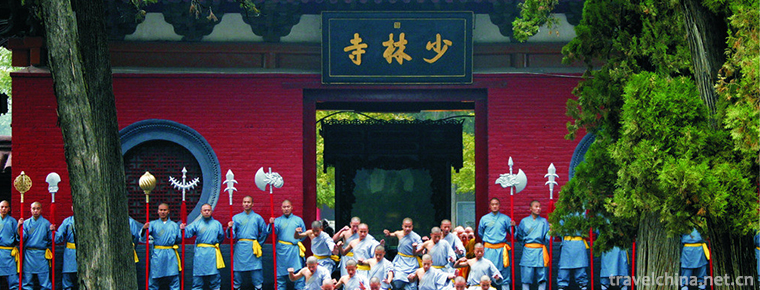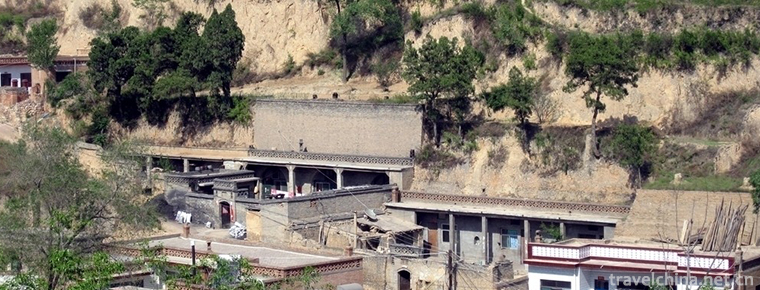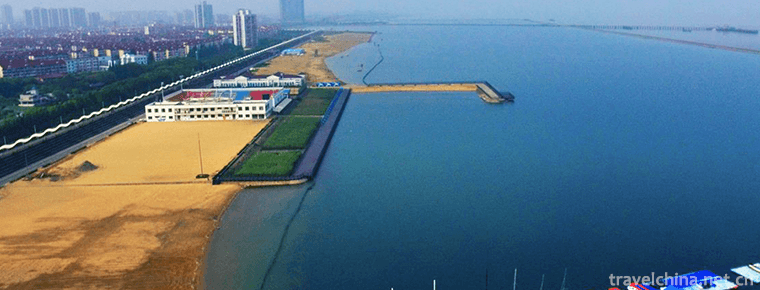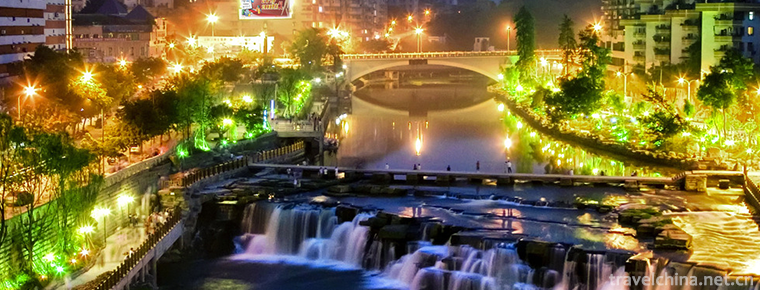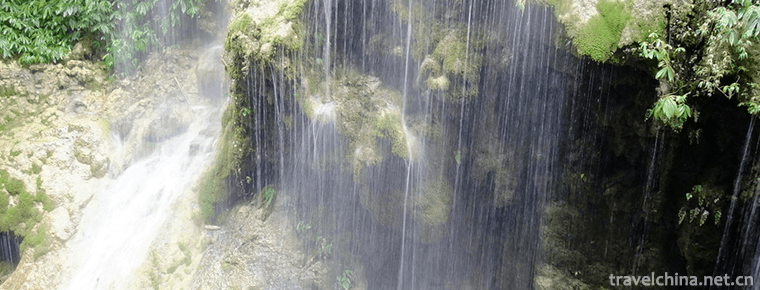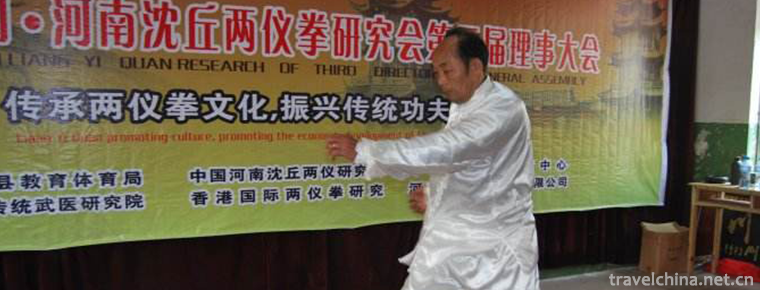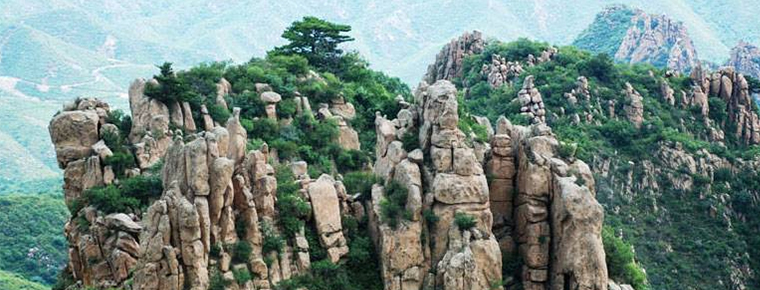Qingdao Seaside Scenic Spot
Qingdao Seaside Scenic Spot
Qingdao Seaside Scenic Spot is the first batch of state-level scenic spots announced by the State Council in 1982, and also the first batch of national AAAA-level scenic spots. Located in the southern coastal line of Qingdao City, Shandong Province, Tuan Dao in the West and Damai Dao in the east, 25 km in length, 8.5 square kilometers in land area, 5 square kilometers in sea area, surrounded by Tuan Dao Bay, Qingdao Bay, Huiquan Bay, Taiping Bay and Fushan Bay, is the only scenic spot in China that enjoys the reputation of "the most beautiful bay in the world".
geographical environment
geographical position
Qingdao Seaside Scenic Area is located in the southern coastal line of Qingdao City, Shandong Province.
topographic features
Qingdao Seaside Scenic Spot starts from Tuan Island in the West and reaches Damai Island in the east, with a total length of 25 kilometers, a land area of 8.5 square kilometers and a sea area of 5 square kilometers. It encompasses Tuan Island Bay, Qingdao Bay, Huiquan Bay, Taiping Bay and Fushan Bay . The land includes Qingdao Mountain, Signal Mountain, Viewing Mountain, Taiping Mountain, Baguan Mountain, Xiaoyushan and the southern area.
Climate type
Qingdao is located in the north temperate monsoon region, which belongs to the temperate monsoon climate. Because of the direct regulation of the marine environment, the urban area is affected by the Southeast monsoon, current and water mass from the ocean surface, so it has remarkable marine climate characteristics. The air is humid, the rainfall is plentiful, the temperature is moderate and the seasons are distinct. In spring, the temperature rises slowly, one month later than inland; in summer, it is hot and humid, but there is no hot summer; in autumn, it is high and cool, with less precipitation and strong evaporation; in winter, the strong temperature is low and the duration is longer .
General situation of resources
Biological resources
There are many important types of marine and terrestrial ecosystems in Qingdao West Coast National Marine Park, such as rare marine organisms, coastal wetland ecosystems and island ecosystems. It contains the first and second class protected animals of the state. Among them, the Longnose beetle of Huangdao and the tongue worm of polygill foramen are unique invertebrates in China, which were listed as the first class protected wildlife of the state in 1988. Amphioxus is a very precious living fossil in the ocean.
Geographical landscape
The tourist resources of seaside scenic spots include natural headlands, seashores, beaches, reefs and other natural landscapes, as well as provincial and municipal cultural relics protection units such as trestle Huilange Pavilion, small Qingdao lighthouse, Badaguan Architecture Complex, etc. At the same time, there are a wide variety of ancient and famous trees and rare plants in the scenic spots .
Main attractions
Famous scenic spot
Zhanqiao
Qingdao Trestle Bridge is one of the scenic spots of Qingdao Seaside Scenic Spot. It is the first national scenic spot announced by the State Council in 1982, and also the first batch of 4A-level national tourist areas. Qingdao Trestle Bridge has a history of more than 100 years. It was built in 1892 in Guangxu of Qing Dynasty. It is the earliest special military man-made Wharf in Qingdao. It is 440 meters long, 8 meters wide and steel-concrete structure. At the south end of the bridge, a semi-circular breakwater is built with two runned octagonal towers in the form of ethnic groups, named Huilan Pavilion. Visitors stand beside the pavilion and appreciate the huge waves coming from different layers. The flying Pavilion is known as one of the ten sceneries of Qingdao. Along the north coast of the bridge, it is called "trestle park". Flowers and trees in the park are sparse, green pine and green grass, and there are stone chairs for visitors to rest and enjoy the sea scenery .
Lu Xun Park
Located at Huiquan Bay, Luxun Park was built in 1929. It was named in memory of Mr. Lu Xun in 1950. It covers an area of about 4 hectares and has a greening area of 46,777 square meters. On the back, it is surrounded by reefs, covered by pine forests and slopes. The red reefs are rugged and pavilions are different. In 2001, to commemorate the 120th anniversary of Mr. Lu Xun's birth, the park built a new shouting platform, an autobiographical monument of Lu Xun and a poetry Gallery of Lu Xun. The poem gallery is 75 meters long and 3 meters high. The walls are covered with red granite. There are 45 poems written by Lu Xun in calligraphy on the gallery. Its shape is simple, elegant and modern. It is a praiseworthy humanistic landscape.
Small Qingdao
Xiaoqingdao is located in No. 2 Qinyu Road, Qingdao Bay. It is named because it is far away from Huangdao. Xiaoqingdao was originally an isolated island 720 meters away from the coast and across the sea from Qianhai Trestle Bridge. It has an elevation of 17.2 meters, an area of 1.2 hectares and a greening area of 8804 square meters. In the early 1940s, a breakwater was built in the east to connect with the land because of its "mountain like piano, water like string, breeze slowly coming, and the sound of Boeing like piano", also known as Qindao .
The Eighth National Congress
Badaguan scenic spot is located between Huiquan Cape and Taiping Cape. It is connected to Taiping Bay in the South with an area of 67 hectares. During this period, 10 roads were built in 1931. The avenues fluctuate according to the situation. The trees vary according to the road. Some are planted with crabapple, some are planted with crape myrtle, some are planted with Longbai Ginkgo, and some are planted with cedar and sycamore. Eight of them are named after China's famous passes, hence the name "Eight Passes". The characteristics of the Eight Grand Gates are that the park and the courtyard are merged together, full of lush trees and flowers blooming all the year round. More than 200 villas with ingenuity and exotic flavor are hidden in the flowers and trees, which makes the Badaguan National Architecture Exhibition Hall known as the "World Architecture Exhibition Hall". In 2005, Badaguan was selected as one of the five "most beautiful urban areas in China" by 34 media such as "National Geography of China" and ranked among the first ten famous historical and cultural streets in China in 2009.
Eight Gorges Park
Located at the west end of Qingdao Seaside Scenic Area, the Eight Gorges is an open park with an area of about 100,000 square meters. It is bounded by trestle bridge scenic area in the East and Botuan Island Bay in the west.
Small Fish Mountain Park
Xiaoyushan Park, which covers an area of 2.5 hectares, is located on Xiaoyushan Mountain, 60 meters above sea level, at the eastern end of Laiyang Road. It was built in 1983 and is the first mountain garden park of ancient Yellow style in Qingdao. There are 18 meters high, three hexagons, eaves and arches in the park. Tourists can look around the pavilion and enjoy the scenery of "red tiles, green trees, blue sea and blue sky" in the city. There are also Bibo pavilions of eaves-style classical architecture in the garden; there are Yongcui Pavilion on the Shandong side, and a curvy gallery on the side of the pavilion is connected with the Chao Pavilion. Under the gallery, there are large enameled murals such as "Eight Immortals Crossing the Sea" and "Laoshan Taoist priests".
- Baihua Garden Park
Baihuayuan Park is located at 55 Yan'an Road, also known as the Cultural Celebrity Sculpture Park. It was built in 1990. It faces Zhongshan Park in the South and Qingdao Mountain in the north. It covers an area of 8.25 hectares and has a green area of 53360 square meters. There are 20 famous cultural sculptures of late Qingdao nationality or guest residence in Qingdao, as well as 10 scenic spots such as "Red through Golden Autumn", "Three Friends of Cold Age", "Primula Spring".
May 4th Square
The May 4th Square, named in memory of the May 4th Movement, is the core Park of Donghai Road Sculpture Street. The square is characterized by lawns, shade squares and gentle sloping grasslands. The designs of trees, shrubs and flowers are unique and novel. On the north-south axis of the square, the city office building, the implicit fountain, the lattice fountain, the lawn, the flower bed, the large-scale city landmark sculpture "May wind" and the sea 100-meter fountain are combined to form a lively and magnificent picture scroll of modern urban scenery. The large-scale theme sculpture "May Wind" uses spiral upward steel structure combination to form a revolving and rising "Wind" shape, which fully reflects the anti-imperialist and anti-feudal patriotic tone of the "May 4th Movement" and the uplifting national strength. The sculpture of the whole square is gathered together, which is full of Qingdao's characteristics and spirit of the times. It integrates commemoration, assembly, leisure, entertainment, tour and sightseeing, and becomes the landmark square of Qingdao City .
Zhongshan Park
Zhongshan Park is situated on the Bank of Huiquan Bay with beautiful scenery. It covers an area of 800,000 square meters and is the largest cultural park in Qingdao. There are cherry road, peony garden, peony garden, osmanthus garden and various precious plant ornamental areas. The Park was built in 1901 and renamed Zhongshan Park in 1929 to commemorate Dr. Sun Yat-sen. The garden holds cherry blossom, butterfly, summer lantern, autumn chrysanthemum and various flower exhibitions every year.
Coastal Walkway
Binhai Pedestrian Road is one of the key projects for Qingdao to host the 2008 Olympic Games. It starts from Tuandao Island in the West and goes east to Shilao Tourist Resort. It runs across the new and old urban areas of Qingdao and the high-tech industrial park. It is located in the scope of the national key scenic spots. The total length of Xilingxia Road, Taiping Road, Luxun Park, Nanhai Road, Huiquan Road, Shanhaiguan Road, Huanghai Road, Taiping Cape, Donghai Road and Donghai West Road is about 40.6 kilometers. Overall, leisure, fitness, sightseeing and recuperation are the main factors. With the coastal pedestrian road as the main line, according to the different landscape characteristics of each section along the coastline, it can be divided into: Tuandaowan scenic area, Qingdao Bay scenic area, Huiquan Bay scenic area, Taiping Bay scenic area, Fushan Bay scenic area, Laolongwan scenic area, Shilao tourist resort scenic area .
Music Plaza
Music Plaza is located at the Bank of Fushan Bay. It is a cultural and leisure square with music as its theme. It is also the largest Music Plaza in China at present. The square has five functional areas: tree array area, eccentric square and soft sculpture area, elliptical square area, music viewing platform and underground shopping mall. Large-scale software sculpture "Music Sail", 20 meters high, under the sail simulation piano, for tourists to play entertainment. The platform is designed as an open music score with several world famous melodies. The sensors under the notes can play different music with the trampling of visitors.
Other attractions
Tianhou Palace, Naval Museum, Aquarium, Undersea World, First Seawater Bath, Olympic Theme Park (Olympic Sailing Base), Silver Sea World, Polar Ocean World, Sculpture Park, Stone Elderly Bath.
Scenic spot activities
In 2008, the world focused on Qingdao - Qingdao was selected as the Olympic sailing event. This choice mainly depends on Qingdao's "mountain, sea and city" natural scenery and excellent historical culture. These precious resources are the main basis for winning the promise of the IOC expert group.
Tourism information
Famous specialty products
Qingdao Beer
Qingdao Beer is a well-known brand product in China and the first well-known trademark of Chinese beer. He has won seven gold medals and three championships at American International Wine Jury. Since its export in 1954, Tsingtao Beer has sold well in more than 40 countries and regions.
Laoshan Lushi
Laoshan Lushi, also known as submarine jade, is produced in Yangkou Bay in eastern Laoshan. The Lushi Museum of Laoshan has been built and its products are exported to Southeast Asian countries.
Qingdao shellfish carving
Qingdao Shell Carving Crafts Factory was founded in 1962. It has a history of more than 30 years. It is a professional arts and crafts factory that produces and manages shell carving crafts. Qingdao shell carving handicraft factory inherits and develops the traditional Chinese crafts. It takes rare spiral shell as raw material, combines the process characteristics of jade, wood carving and mole inlay, and carefully carves into flat, floating and three-dimensional hanging pictures, jewelry and tourist souvenirs.
Jimo Old Wine
The book "Yellow Wine Brewing" published by the Ministry of Light Industry of the People's Republic of China calls "North of the Yangtze River, Shandong Province is the most important producer of yellow wine, and Jimo Old Wine" is particularly well-known.
Scenic food
Qingdao's diet is not much different from other places, but there are more seafood. Qingdao's famous seafood are: frozen vegetable powder, clam (Qingdao people call it "Gala"), scallop, octopus, conch, intestine, squid, pipes (a very small squid), oyster, crab (pike), squid, partial-mouthed fish, yellow croaker, bass... There are so many, and clams are the most popular among Qingdao people. The clams produced in Qingdao are the most delicious. Stir-fried clams are essential dishes for hotels and dining tables. In summer, the streets and alleys of the city are full of people who "drink beer and eat gala".











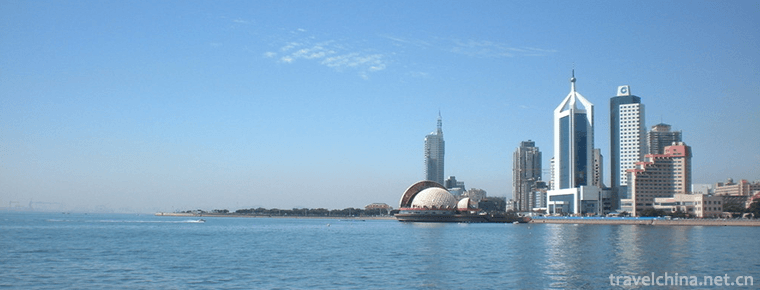
-
Shaolin Temple
Shaolin Temple is the birthplace of Chinese Buddhist Zen ancestors and Kungfu. It is now a world cultural heritage, a national key cultural relics protection unit.
Views: 121 Time 2018-11-11 -
The AncientCity of Ping Yao
The AncientCity of Ping Yao is located in Pingyao County, central Shanxi Province. It was founded in Xuanwang Period of Western Zhou Dynasty (827-782 BC)..
Views: 292 Time 2018-11-24 -
Jinshan City Beach Shanghai
Jinshan City Beach is located in Jinshan District of Shanghai, located in the southwest of Shanghai and the North Bank of Hangzhou Bay. It is adjacent to Pinghu and Jiashan City in Zhejiang Province.
Views: 148 Time 2018-12-19 -
Pingle Ancient Town
Pingle Ancient Town, located 93 kilometers southwest of Chengdu and 18 kilometers southwest of Qionglai City, is a famous historical and cultural town in China. .
Views: 165 Time 2019-02-07 -
Water Curtain Gorge Scenic Area
Shuixian Gorge Scenic Area is located in the southern mountain area of Jinan, Liubu, the first town of ecotourism in Shandong Province. Covering an area of more than 6000 mu, Jinan's No. 1 Peak Ladder.
Views: 171 Time 2019-02-13 -
Two instruments boxing
Liangyi Quan originated from Zhouyi, which said, "It's so easy to have Taiji. It's the birth of Liangyi". (Liangyi Quan) is also called Liangyi Point-through-Qishen Quan. Its name is formed .
Views: 166 Time 2019-05-13 -
Legend of Su Dongpo
The legend of Su Dongpo is a group of traditional folklore stories evolved from the story of Su Shi, a great writer in the Northern Song Dynasty..
Views: 154 Time 2019-06-16 -
Daheishan Forest Park
Daheishan Forest Park is located in Wuben Township, Renhe District, Panzhihua City, Sichuan Province. From the center of Panzhihua bingcaogang River Panshan 58 kilometers, through Guaziping, Lanjian mine and Wuben township..
Views: 74 Time 2020-10-15 -
Four famous Chinese embroidery
Suzhou embroidery is famous for its fine stitches, elegant colors and fine embroidery. It has the characteristics of flat, light, even, harmonious, fine and dense. The theme is mainly about small animals. Such as "cat play", "wind through flowers",.
Views: 317 Time 2020-12-12 -
Mianyang scenic spots
Mianyang City is a famous historical and cultural city in Sichuan Province, the main node of the dajiuzhai international tourism circle and the Three Kingdoms Shu Road culture international tourism line. It has a 5A level scenic area of "Beichuan Qiang city tourism area".
Views: 70 Time 2020-12-14 -
Meishan City honor
In November 2015, Meishan city was listed as the second batch of national new urbanization comprehensive pilot areas. In 2016, Meishan city was awarded the title of the first tourist destination in the Asia Pacific region (second and third tier cities)..
Views: 313 Time 2020-12-18 -
Location of Yibin
Yibin City is located in the south of Sichuan Province, at the junction of Sichuan, Yunnan and Guizhou provinces, and the confluence zone of Jinsha River, Minjiang River and Yangtze River. It spans 27 ° 50 '- 29 ° 16' n and 103 ° 36 '- 105 ° 20' E. The cit.
Views: 363 Time 2020-12-18
